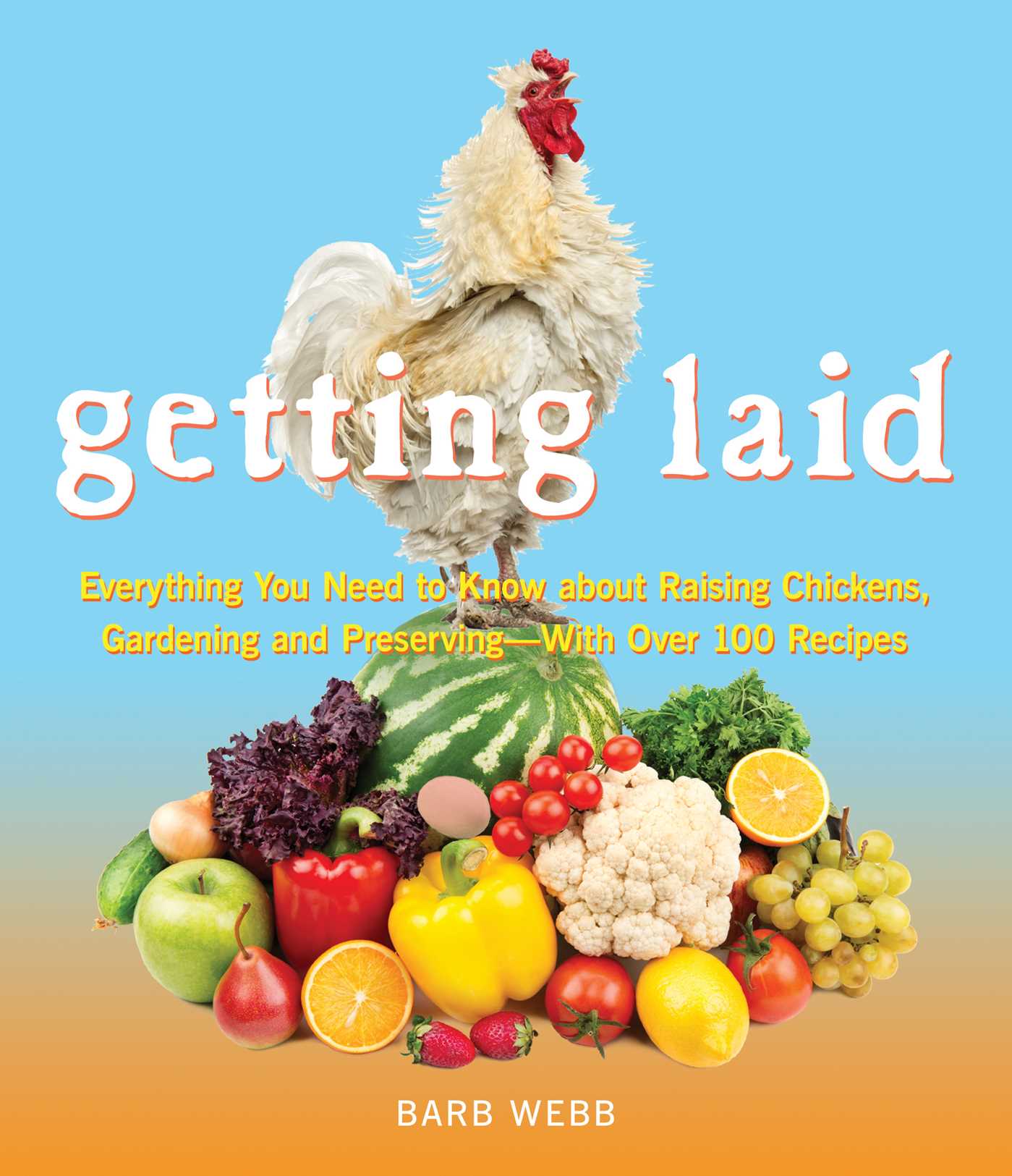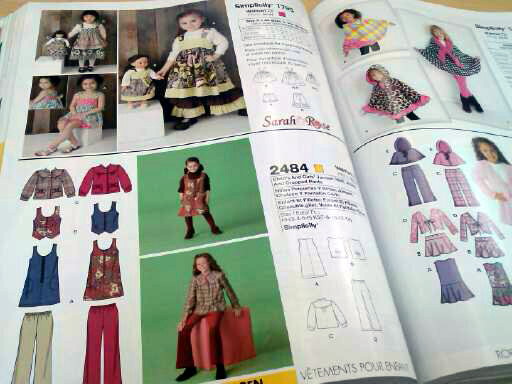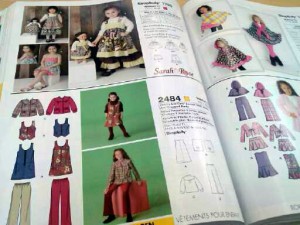Sewing for children can be a little tricky. There’s not only the matter of finding styles the child will proudly wear, but also the challenge of finding the right pattern size (especially for children who are petite or tall for their age.)
If you are an inexperienced tailor, you might assume that the size a child wears in ready-to-wear clothing is the same for the size of pattern. It makes logical sense, but that’s not always the case. As sizes widely vary among clothing manufacturers, the size of your child’s best-fitting jeans may or may not be the size of pattern you should use to make him a pair of pants. And for children who may not conform proportionally perfectly to the sizes you find in the store, going with the closest match is a recipe for disaster.
The first step to determining the best fit is getting good measurements:
Length – For tops, you’ll need to know the back waist length. This measurement goes from the back of the neck to the back of the waist. For pants, you’ll need to measure the inseam from the crotch to the ankle. It’s also wise to measure the outseam, which will run from the waist to the ankle.
Chest – Measure around the fullest part, running the tape under the arms and across the shoulder blades.
Arm length – This is one of the most common problem areas when using a standard pattern. Measure from the neckline to the tip of the shoulder bone, then bend the arm and measure from the neckline to the wrist. Then subtract the shoulder width to get the best arm length measurement.
Waist – In most cases, it’s best to measure around the natural waistline, as this is where most patterns assume you are measuring. But if your child likes to wear the waists of her pants or skirts slightly lower or higher, be sure to measure accordingly.
Hips – Measure around the hipbones or the fullest part of the abdomen, whichever is larger.
Ideally, it would be nice if all of these measurements always pointed to the same size, but it doesn’t always work that way. So we must often go by one measurement and make adjustments for the others.
For shirts, dresses and jackets, the chest measurement is the best indicator of size. If the waist and hips are fuller, you can make adjustments as needed.
For pants and skirts, the hip measurement is usually the best indicator of size. If the waist is larger, however, you’ll be better served by using that measurement.
Kids grow quickly, so it’s generally best to err on the side of caution. If you find that your child’s measurements fall between two sizes, it’s often a good idea to go up to the larger size. It should only be a little bit on the large side, and he or she will probably grow into it in no time.





It’s nearly impossible to find educated people on this subject, but you sound like you know what you’re talking
about! Thanks
Here is my web site – short homecoming dresses